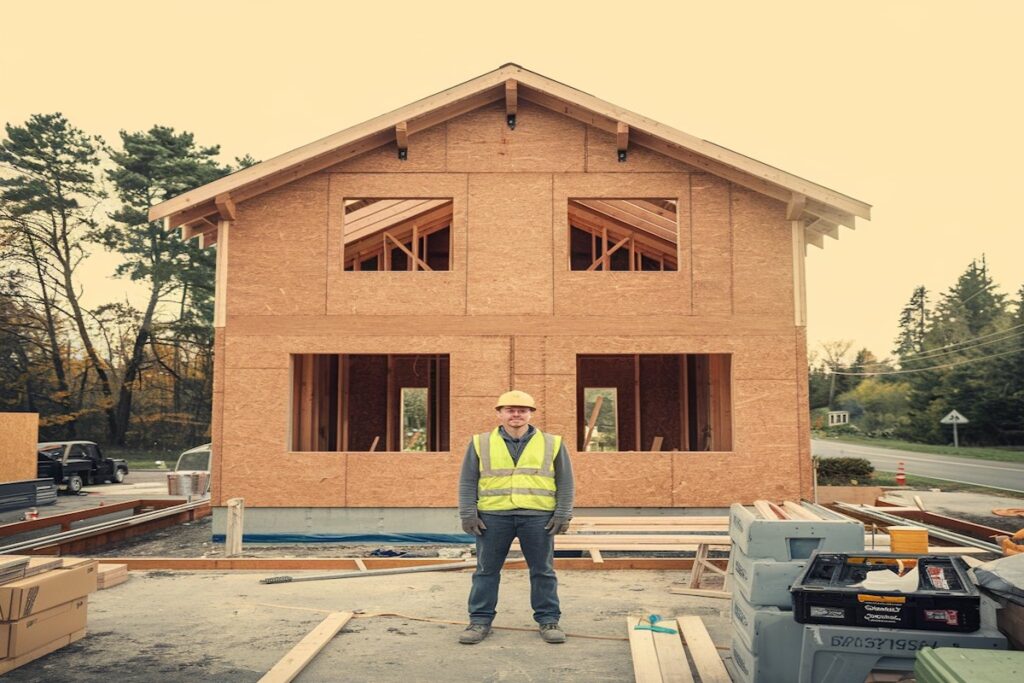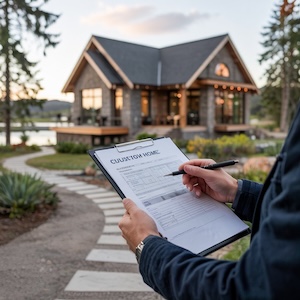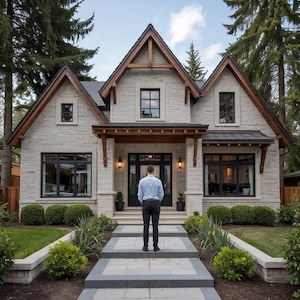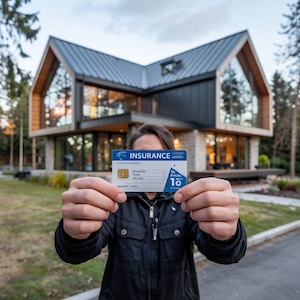Warranties & Insurance
Warranties & Insurance; Everything you need to know
Building a custom home is a significant investment, and protecting that investment with proper warranties and insurance is essential. Understanding the types of warranties available, what they cover, and how home insurance works for custom-built homes can help homeowners make informed decisions. This guide explores everything you need to know about warranties and insurance for custom homes.

Home Warranties for Custom Homes
A home warranty is a service contract that covers repairs and replacements for specific home systems and components that may fail due to normal wear and tear. For custom homes, warranties typically come in different forms:
1. Builder Warranties
Most reputable home builders provide a warranty on the new construction, which covers different elements of the home for varying timeframes. These warranties generally fall into three categories:
- Workmanship and Materials Warranty: Covers defects in materials and craftsmanship, such as issues with drywall, flooring, doors, and trim, typically for one year.
- Systems Warranty: Covers mechanical systems, including plumbing, electrical, and HVAC systems, often for two years.
- Structural Warranty: Covers major structural defects, such as foundation and load-bearing elements, usually for ten years.
Builder warranties vary, so it is crucial to review the terms and coverage details before signing a contract.
2. Manufacturer Warranties
Many components in a custom home come with their own manufacturer warranties. These include:
- Appliances (refrigerators, ovens, dishwashers)
- Windows and doors
- Roofing materials
- HVAC units
- Plumbing fixtures
Manufacturer warranties typically last anywhere from one to ten years, depending on the product and brand. Homeowners should keep documentation of these warranties in case they need to make a claim.
3. Third-Party Home Warranties
Some homeowners opt for third-party home warranties, especially if their builder does not provide a comprehensive warranty. These warranties act as a service contract to cover repairs and replacements for a set period, usually one to three years.

Understanding Home Insurance for Custom Homes
Home insurance is different from a warranty—it provides financial protection against unexpected events, such as natural disasters, theft, and liability claims. There are several types of insurance policies that custom homeowners should consider:
1. Builder’s Risk Insurance
If your custom home is still under construction, Builder’s Risk Insurance is essential. This policy covers damage to the property and construction materials caused by events such as:
- Fire
- Vandalism
- Theft
- Severe weather
Builder’s risk insurance is usually required by lenders and covers the project from start to completion.
2. Homeowner’s Insurance
Once construction is complete, standard Homeowner’s Insurance (HO-3 Policy) is required. This policy typically covers:
- Dwelling Coverage: Protects the physical structure of the home against damage from fire, storms, and vandalism.
- Personal Property Coverage: Covers personal belongings such as furniture, electronics, and clothing.
- Liability Protection: Provides coverage if someone is injured on the property.
- Additional Living Expenses (ALE): Covers costs if the home becomes uninhabitable due to a covered event.
3. Flood and Earthquake Insurance
Standard homeowner’s insurance does not cover natural disasters like floods and earthquakes. If your custom home is in a high-risk area, consider purchasing:
- Flood Insurance: Provided by the National Flood Insurance Program (NFIP) or private insurers.
- Earthquake Insurance: Available through specialty insurance providers or as an add-on to standard policies.
4. Umbrella Insurance
For homeowners who want additional liability protection, umbrella insurance provides extra coverage beyond the limits of standard homeowner’s policies. This is particularly beneficial for high-value custom homes.

How to Choose the Right Warranty & Insurance for Your Custom Home
1. Review the Builder’s Warranty
Before signing a contract, ask your builder for a detailed warranty breakdown. Look for:
- Coverage duration for workmanship, systems, and structure
- What is and isn’t covered
- How claims are handled
- Whether a third-party warranty provider backs the coverage
2. Keep Manufacturer Warranties Safe
Store all documentation related to manufacturer warranties. This ensures you can claim repairs or replacements if a covered component fails.
3. Compare Home Insurance Policies
When selecting a home insurance policy, consider:
- Coverage limits and deductibles
- Whether replacement cost or actual cash value is used
- Discounts for security systems, fire-resistant materials, and bundling policies
4. Consider Additional Coverage
- If your home is in a disaster-prone area, invest in flood, hurricane, or earthquake insurance.
- If your home has high-end finishes or valuable possessions, ensure your personal property coverage is sufficient.

Making a Warranty or Insurance Claim
1. Filing a Home Warranty Claim
- Identify the issue and determine if it’s covered by a warranty.
- Contact the builder or warranty provider.
- Follow the provider’s process, which may involve an inspection.
- Get repairs completed by approved contractors.
2. Filing a Home Insurance Claim
- Notify your insurance company immediately after an incident.
- Document the damage with photos and videos.
- Obtain repair estimates.
- Work with an insurance adjuster to finalize the claim.

Common Exclusions & Limitations
Both warranties and insurance have exclusions. Typical warranty exclusions include:
- Normal wear and tear
- Improper maintenance
- Damage caused by weather or natural disasters
Home insurance exclusions often include:
- Flood and earthquake damage (unless specifically covered)
- Routine maintenance issues
- Mold and pest infestations
